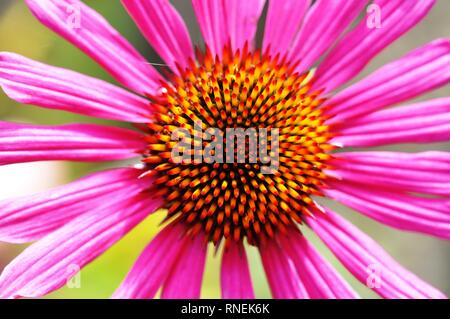

- #Tennessee purple coneflower how to
- #Tennessee purple coneflower full
#Tennessee purple coneflower full
Scientifically known as Echinacea tennesseenis, it will grow 2′ tall by 1.5′ wide in full sun and well draining soil. Tennessee Coneflower is a herbaceous perennial flower endemic to cedar glades within several counties in Tennessee. What Wildlife, Pests, and Diseases effect Tennessee Coneflower.
#Tennessee purple coneflower how to
How to Grow Tennessee Coneflower from seed. How to Grow and Care for Tennessee Coneflower. What are the benefits of Tennessee Coneflower. I’ve fallen in love with this plant, and I bet you would too. It’s small size make it versatile in almost any flower bed and it has a very long bloom time of up to 3 months. Easily grown from seed, they thrive on neglect.Of all the varieties of Echinacea available, Tennessee Coneflower has to be one of the best for residential gardens. Traditionally purple, with ray flowers that droop downward off the central cone, Coneflowers today enjoy a rich variety of colors and flower shapes with ray florets held horizontal, single or even doubled, giving them the look of Chrysanthemum. A great prairie flower, its bright and large blossoms made a successful transition to the backyard. Truly an American plant, native to the central and eastern part of the country, it was used by the early Native Americans to cure wounds and infections. Primarily native to Arkansas and Missouri.Įchinacea, commonly called Coneflower, has been cultivated as a hardy and showy perennial since the 1700s, both in North America and Europe. Root cuttings can be taken in late fall or early winter. Propagate by seed in spring, but may need a cold spell before it will germinate. May self-seed if at least some seed heads are left in place. Remove spent flowers and cut back the stems to encourage further blooms and reduce self-seeding. Drought, deer, heat, humidity, and poor soil tolerant!. Planted in mass, the cone-shaped flower heads provide quite an attraction to butterflies, hummingbirds, and yourself!. Avoid overly rich or fertile soil or the plant might become leggy. It prefers average, dry to medium, well-drained soils. Easy care, this Coneflower grows in clumps up to 3 feet tall (90 cm) on strong erect stems and thrives in full sun. If flower heads are not removed in the fall, the blackened cones will be visited by birds that feed on the seeds. It looks terrific when massed with crimson Penstemon (Beardtongue) or with blue flowering perennials such as Perovskia atriplicifolia (Russian Sage). Extremely showy and vigorous, this fabulous herbaceous perennial blooms profusely from early summer to early fall and is a perfect choice for beds and borders, naturalized areas, meadows, prairies, and wildflower gardens. 
The paradox of this plant (hence its name) is that it is a yellow Coneflower while all other Echinacea species are purple and pink. Vigorous, this Coneflower is noted for its long-lasting blooms and its tolerance to almost everything! Aside from the subtle form and color of its elegant flowers, Echinacea paradoxa also features a dark green foliage of long, narrow leaves with linear veining. The lovely combination of the prominent central cone and thin golden flower petals makes this Yellow Coneflower one of the most attractive prairie perennials. across (10 cm), with narrow, drooping golden-yellow rays surrounding a conical, chocolate-brown central cone. This North American herbaceous perennial produces large, daisy-like flowers, 4 in. Echinacea paradoxa is the only Echinacea species to feature yellow flowers instead of the usual purple flowers.






 0 kommentar(er)
0 kommentar(er)
